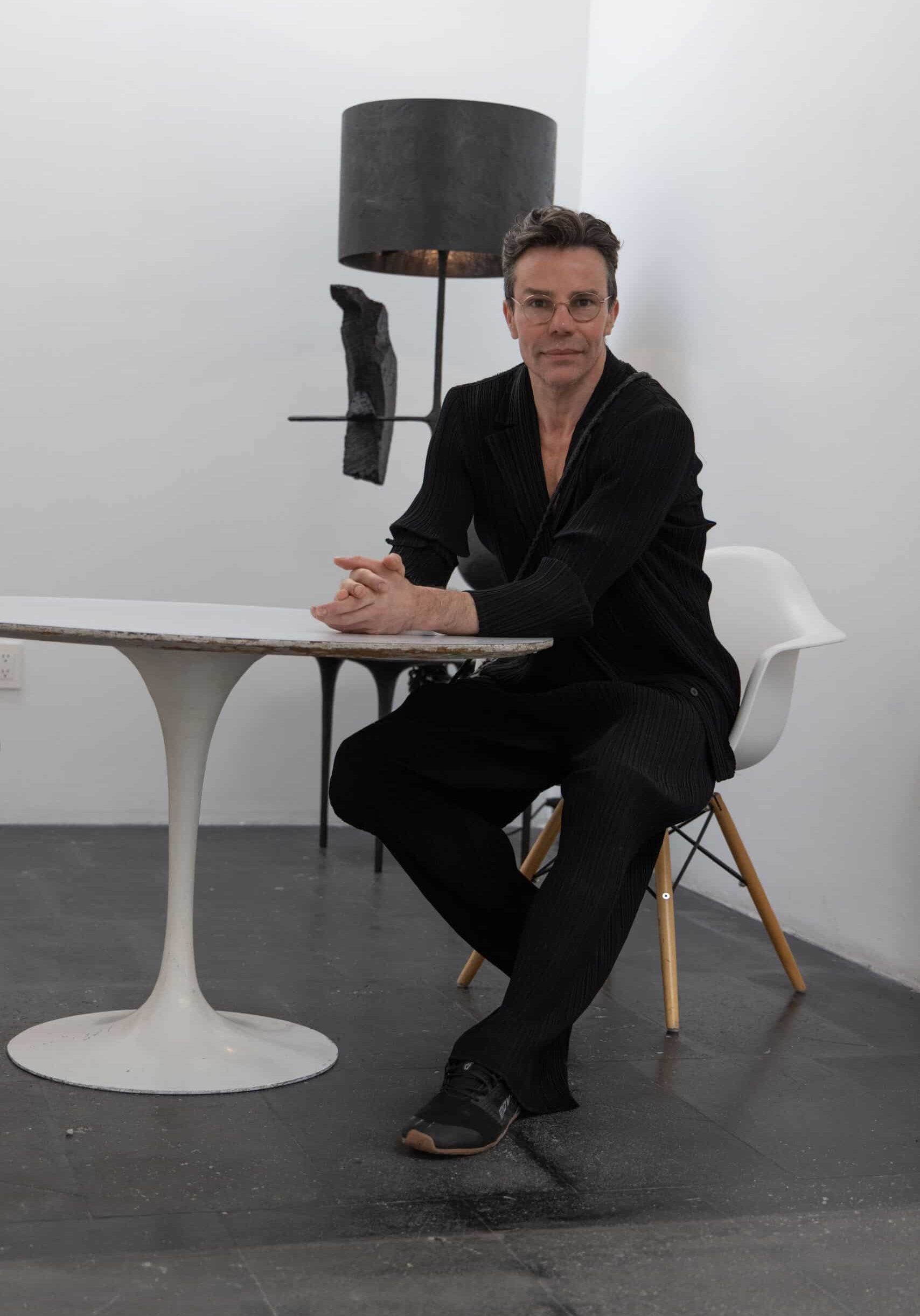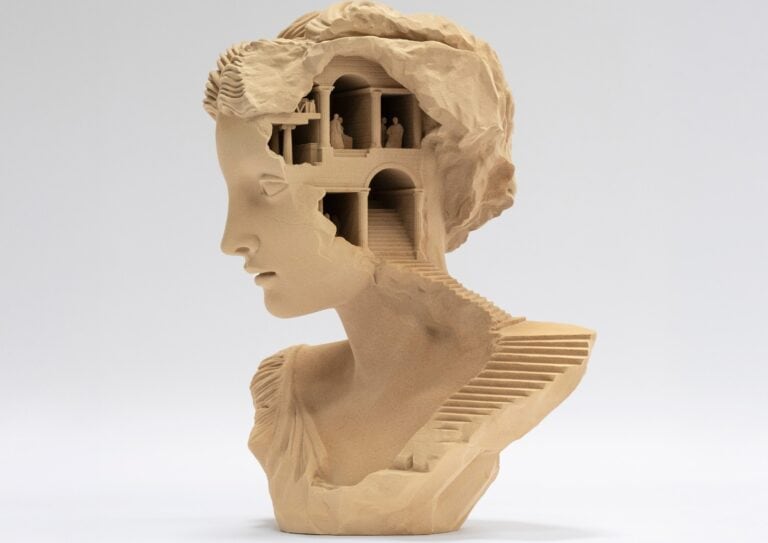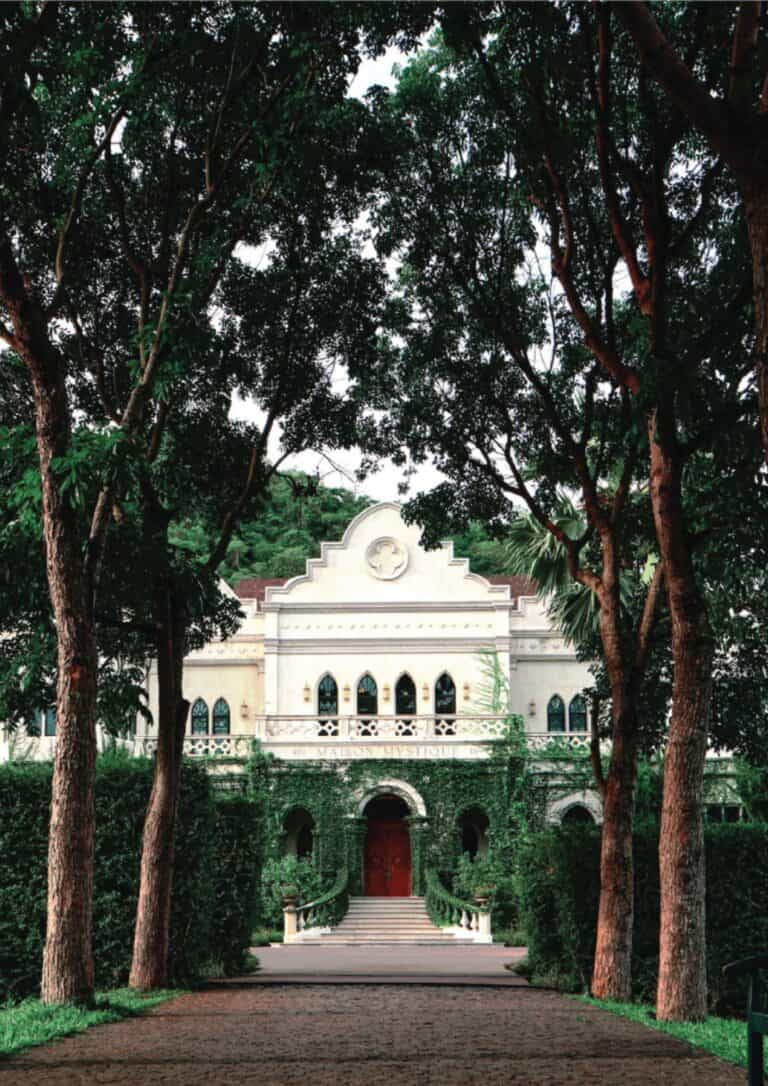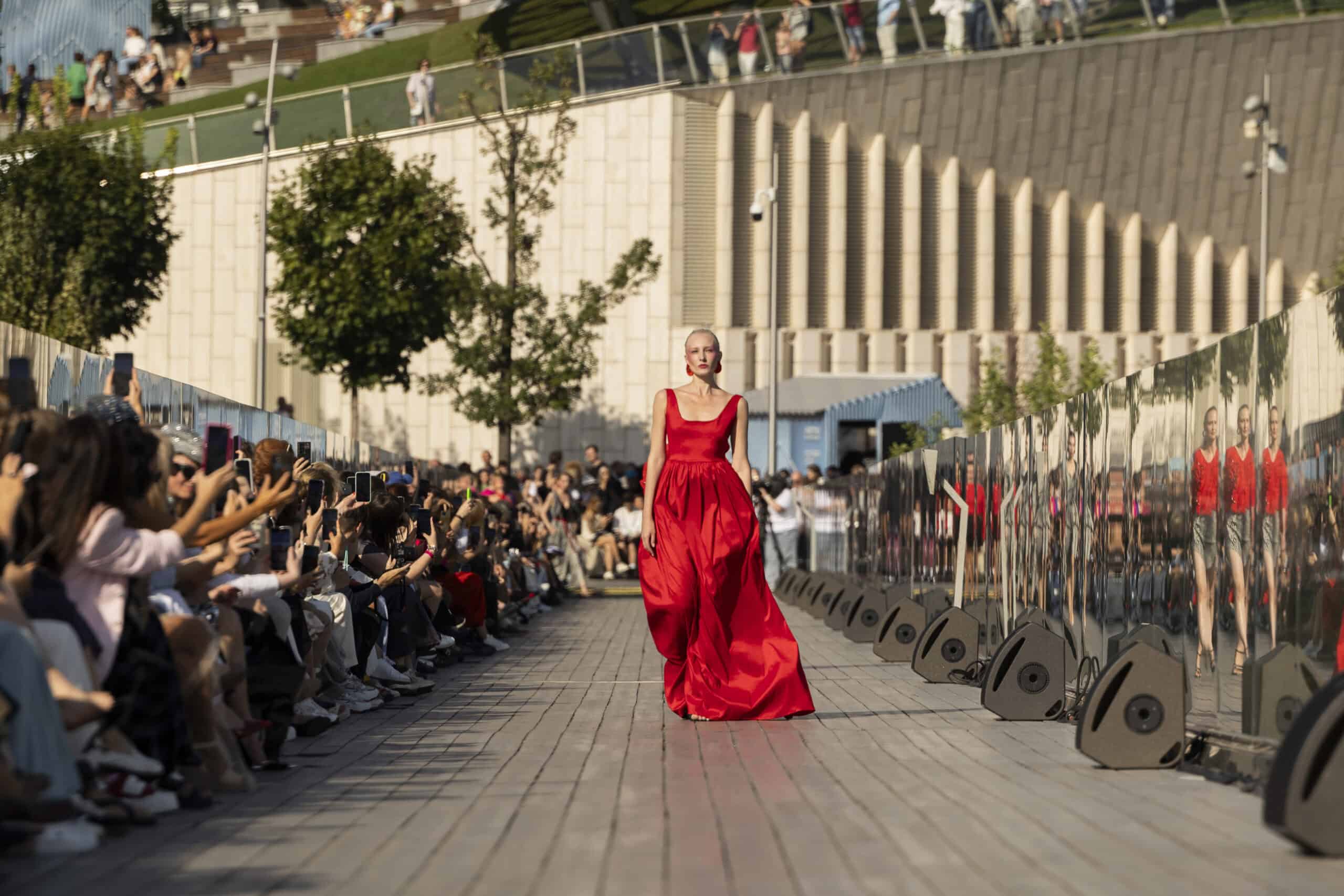
BRICS+ FASHION SUMMIT 2025
Patrick Duffy
Designers, investors, and cultural leaders gathered for the BRICS+ Fashion Summit 2025 and Moscow Fashion Week 2025. What emerged was less a trade show than a reorientation of the industry’s compass. Paris and Milan may still dictate the calendar, but conversations in Zaryadye Concert Hall suggested the future may be sewn globally into the textiles of Addis Ababa, the beadwork of Johannesburg, the workshops of São Paulo, and the ateliers of independent voices from across the globe.
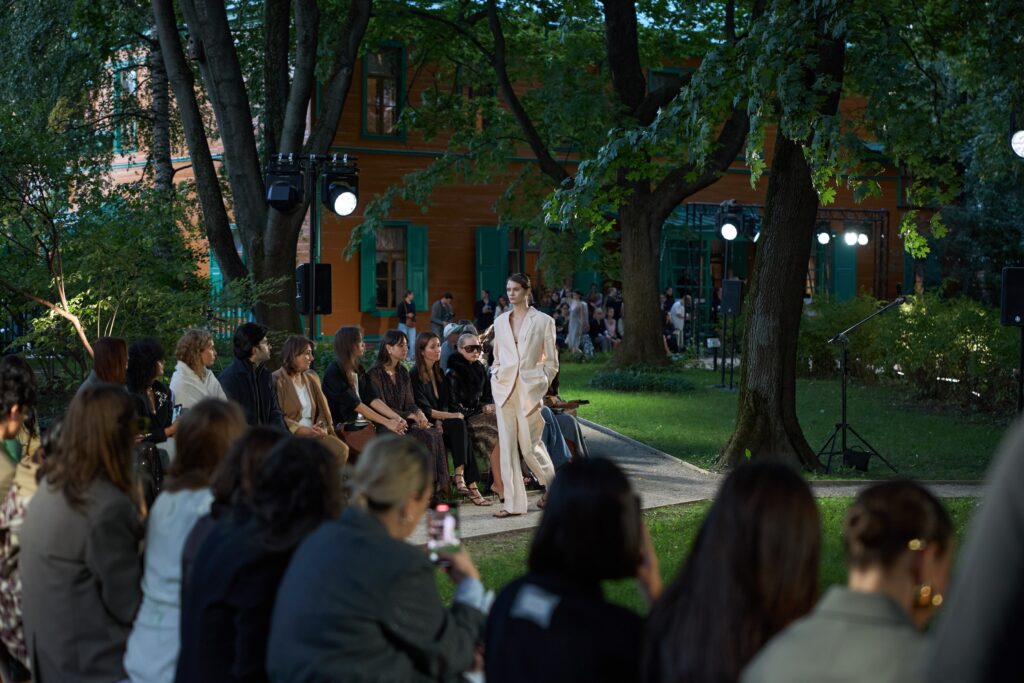
The summit and fashion week were held from August 28–30, drawing delegates from more than 60 countries. They convened not to imitate the codes of European luxury but to redraw the map of global fashion. Africa, in particular, stood at the heart of the story.
Africa Speaks at BRICS+ Fashion Summit 2025 and the World Listens
Panelists from Ethiopia, Egypt, Ghana, Botswana and Tunisia framed their work not as “emerging” but as essential. Mahlet Teklemariam of Hub of Africa Fashion Week described the opportunity to build a new economy around traditional textiles. Ghana’s Nana Tamakloe pushed for deeper cross-continental trade rather than dependency on Western markets. Their message was clear: Africa is not waiting for validation. It is writing its own future.
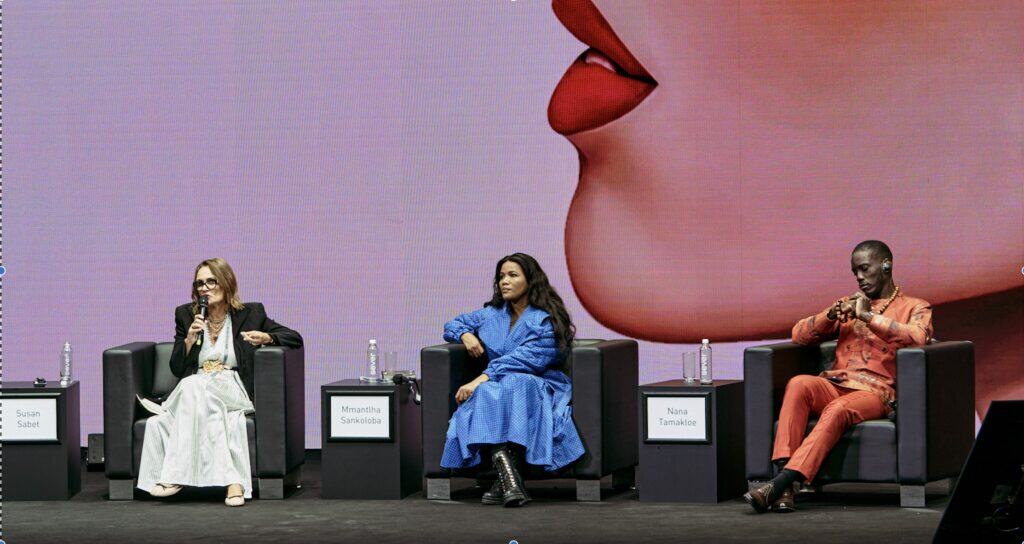
Firstly, South Africa doubled down on this claim. Delegates from Soweto Fashion Week and the University of Johannesburg joined celebrated designer David Tlale, whose collection carried the refrain: “Proudly Made in South Africa by South Africans.” It was both branding and defiance, strongly resonating with the ethos of the BRICS + Fashion Summit 2025.
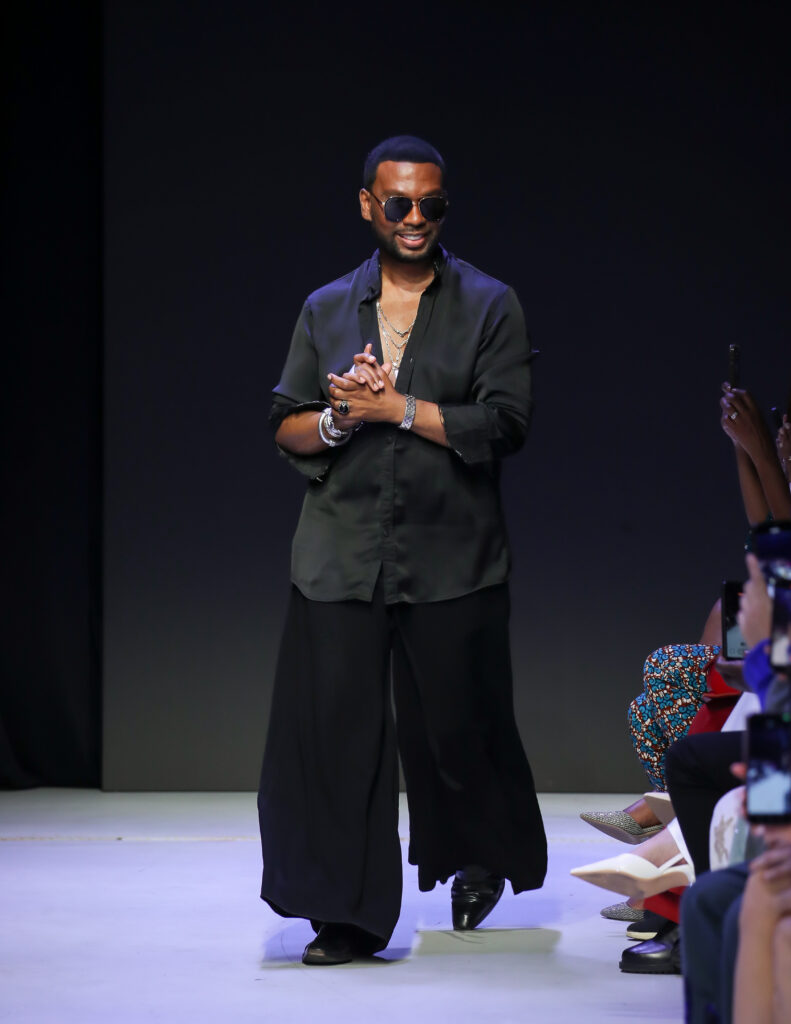
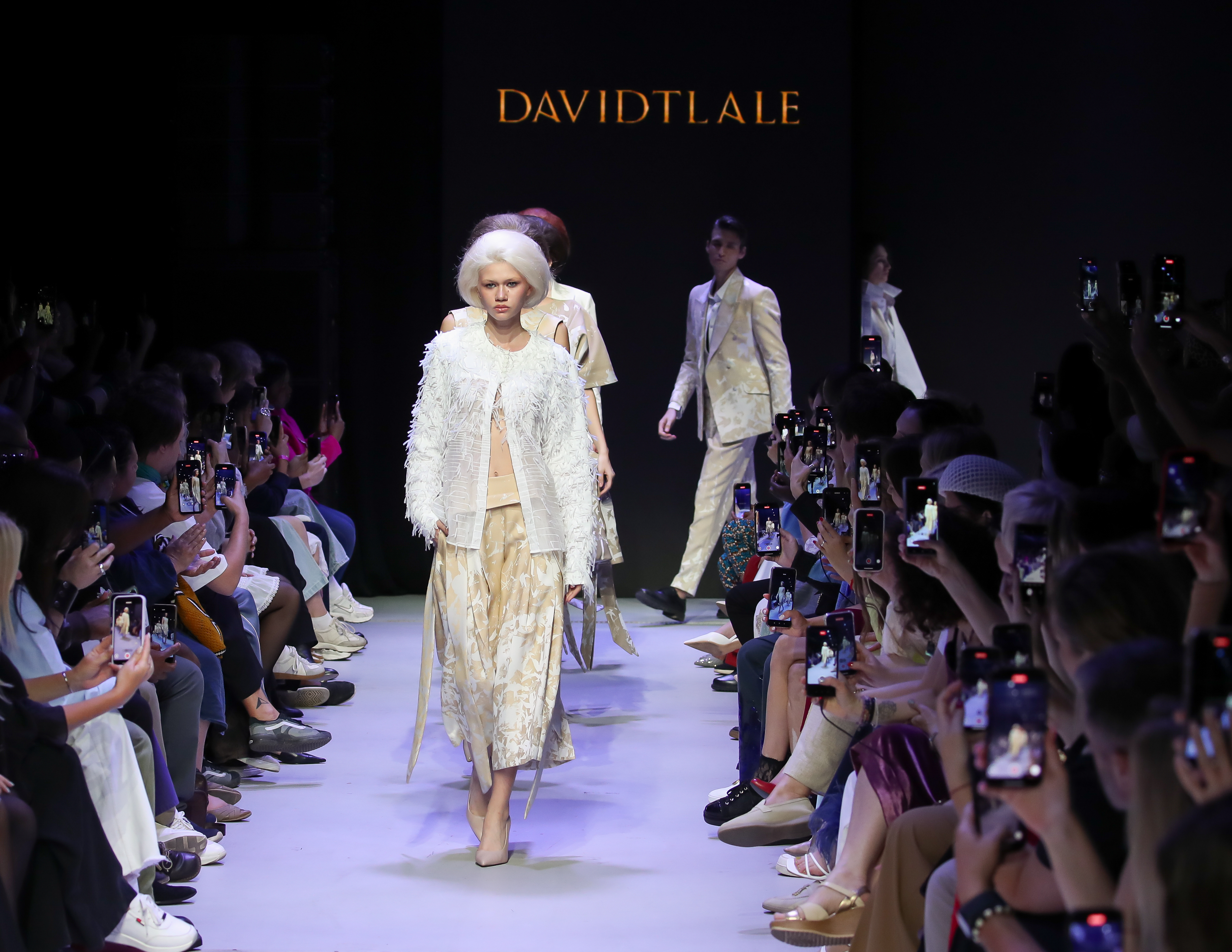
American Voices Join the Conversation at BRICS+
The summit was not only a platform for the Global South. Under the NOIR Fashion Week Collective, American designer Pia Lindsay returned for a second year. Her work explored identity, heritage, and cultural storytelling through a contemporary lens. Her presence signaled that the call for inclusivity and decentralized fashion resonates far beyond the BRICS Summit 2025 bloc. Independent U.S. designers are eager to collaborate on global terms rather than through the traditional European circuit.
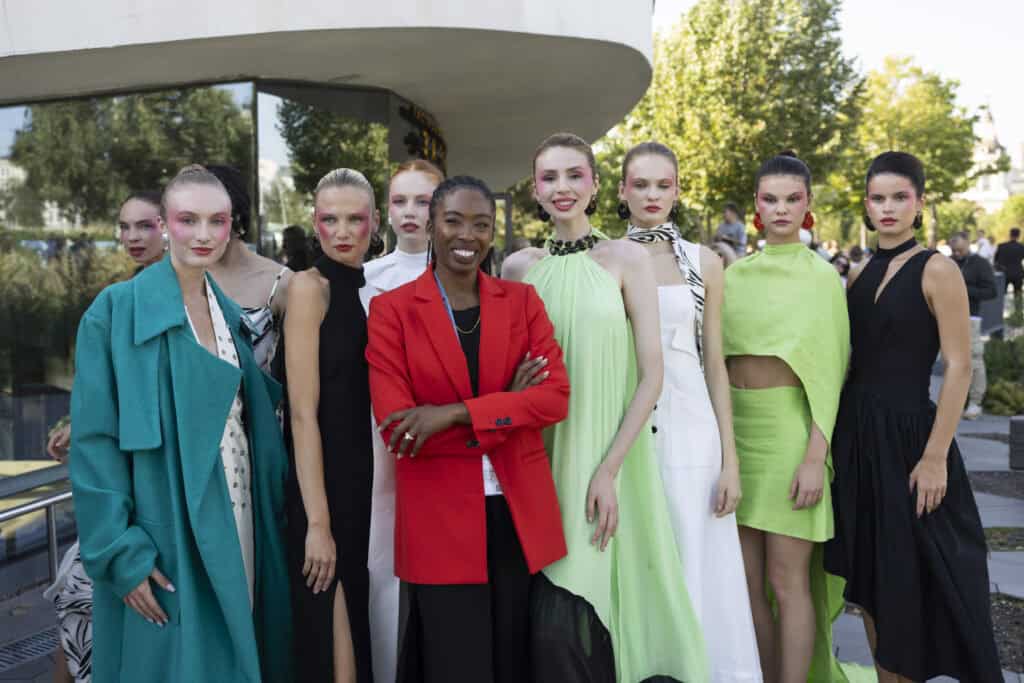
Beyond Catwalk Diplomacy BRICS+ Fashion Summit 2025
The summit’s ambitions stretched well past cultural representation. Three themes dominated:
- Supply Chain Independence: Calls to “manufacture where you are” reflected shifting trade flows and global uncertainty. Decentralization is not fashion rhetoric; it’s a survival strategy for those attending the BRICS+ Fashion Summit 2025.
- Sustainability as Standard: Brazilian innovators like Luciana Duarte presented textiles that absorb carbon and generate oxygen—a reminder that fabrics themselves can be technology.
- Investment Without Compromise: Panels on venture funding wrestled with scaling without selling out. Investors argued there is room for both growth and autonomy, though designers remained skeptical.
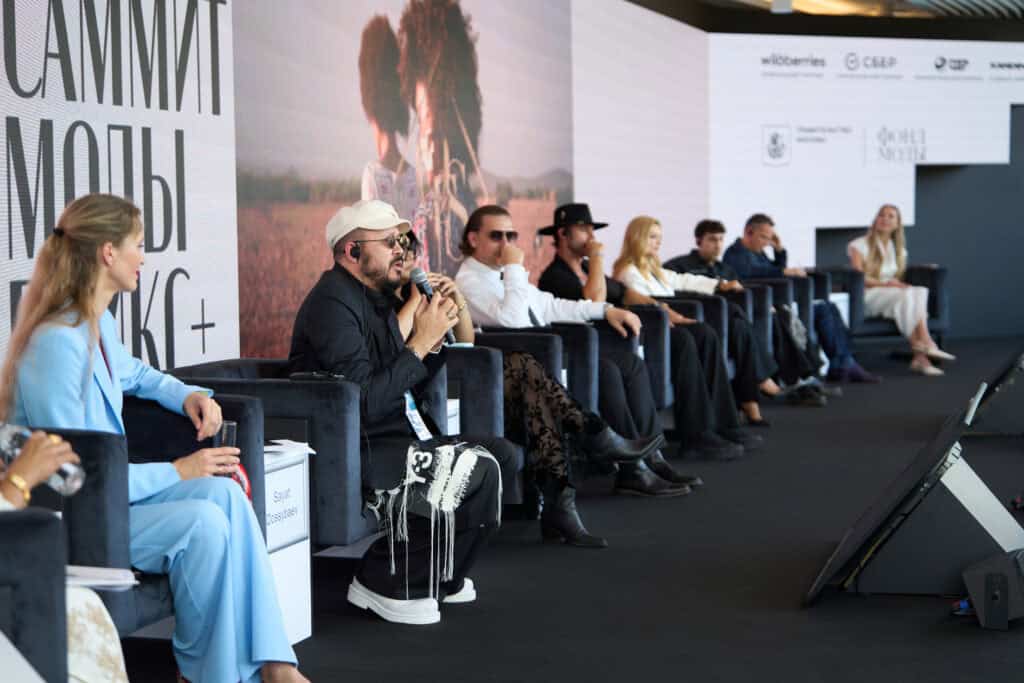
A Global Runway
The Summit unfolded alongside a week of international shows that brought together more than 100 presentations and 220 brands from Africa, Asia, the Middle East, and Latin America. Consequently, the mix was striking: African beadwork against Brazilian eco-fabrics, Armenian wool next to Guatemalan embroidery, all alongside contemporary Middle Eastern silhouettes.
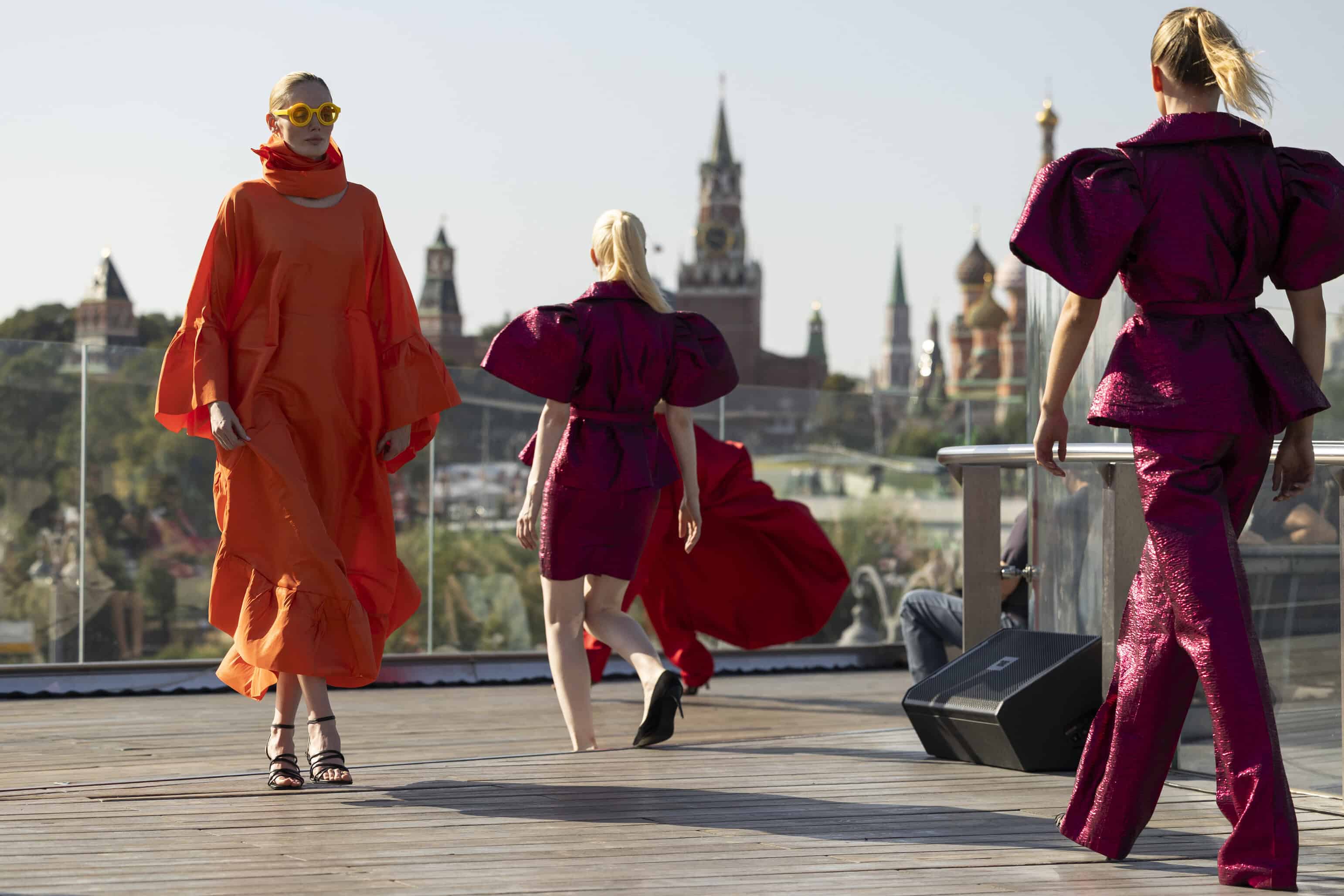
Nigerian designer Busayo Shittu of Bibire International, presenting under the Noir Collective, embodied the cross-continental spirit. Meanwhile, the Fashion Market became a space for exchange where heritage techniques and community-based craftsmanship stood shoulder to shoulder with high-tech textiles. From jewelry rooted in storytelling to garments designed with circularity in mind, the emphasis was on authenticity and collaboration, not dominance by any one capital, further emphasizing the goals of the BRICS + Fashion Summit 2025.
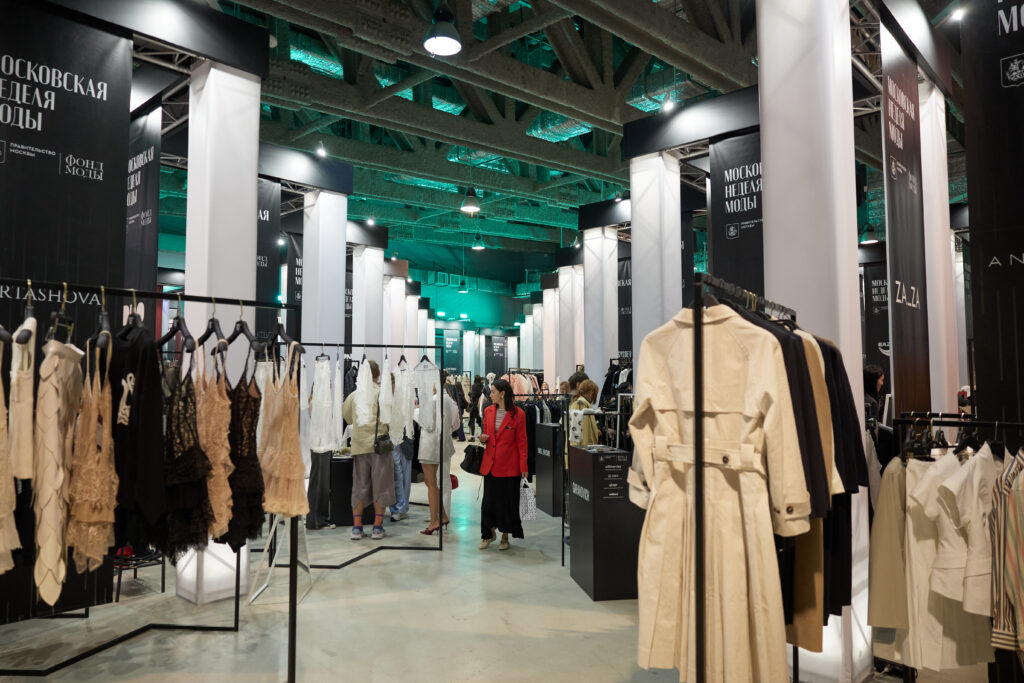
Why It Matters
The BRICS+ Fashion Summit 2025 made one truth unavoidable: the era of fashion as a one-way export from Europe and America is ending. The Global South is no longer content to supply raw talent or textiles to Western capitals—it is shaping its own narratives, its own markets, and its own aesthetics.
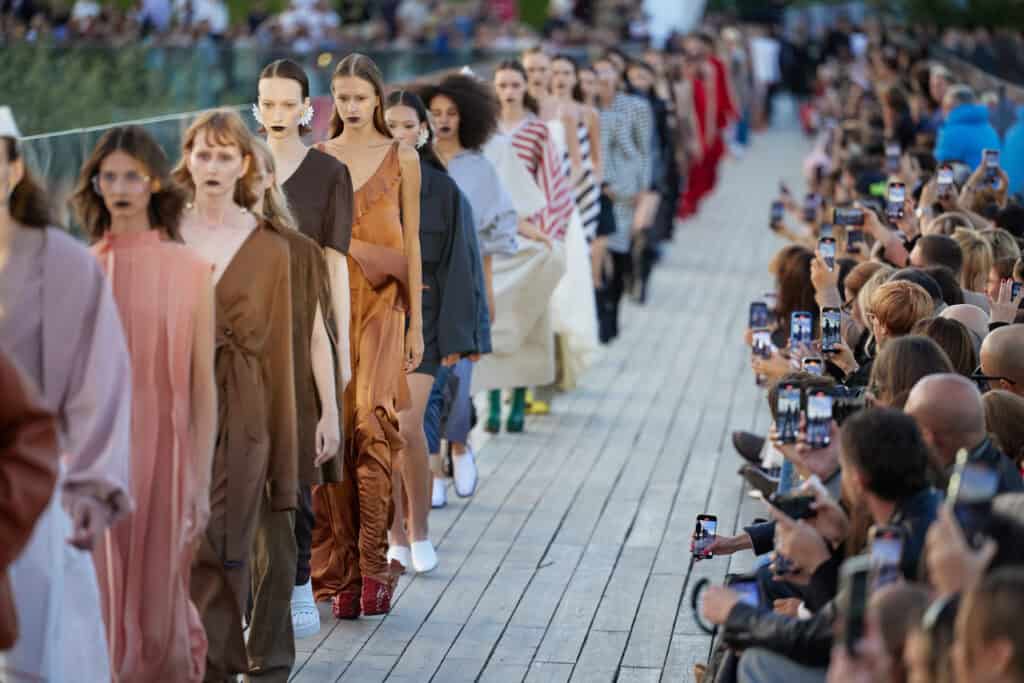
The fabrics may differ with South African beadwork, Ethiopian weaving, Brazilian bio-tech textiles, American independent design, but the pattern is unmistakable. The next century of fashion will not be dictated from a single capital. It will be polyphonic, multi-centered, and unashamedly local.
And that, finally, feels like progress.
Related: Africa Fashion and UNESCO
(Opening Image: Pia Lindsay Studio / Noir Collective)
Share this post
Patrick Duffy is the founder of Global Fashion Exchange, a company catalyzing positive impact through strategic consulting roadmaps focusing on supply chain transparency, worker rights, responsible production for B2B as well as consumer facing programming and community building focusing on aligning people or communities with the SDGs.
Experience developing networks and activating ideas, guiding creative teams globally, and working with institutions like the Victoria and Albert Museum and UNESCO, and iconic spaces such as Federation Square Melbourne, Madison Square Garden, Bryant Park in New York City, and The Dolby Theatre in Los Angeles.
Patrick has produced clothing swaps all over the world from, with GFX Active in over 100 countries. Each GFX event focuses on building community, education and transformational business models. Partnering with global brands, key stakeholders, and academia to help create awareness and positive impact through conscious consumption
Patrick harnesses the power of media to create positive social and environmental impact. Through storytelling, education, and advocacy, he raises awareness, inspires action, to catalyze change. By highlighting issues and solutions, Patrick creates strategic campaigns to engage audiences, influence attitudes and behaviors, and contribute to a more sustainable and just world. Additionally, Patrick is the Sustainability and Positive Impact Director of Paris based @IRKMagazine and Editor In Chief of @IRKLiving
Patrick has produced and co-curated events and marketing/PR campaigns for recognized brands across art, fashion, and tech spaces including @virginhotels @britishfashioncouncil @mspdid @moethennessy @microsoft @lagosfashionweekofficial @perutradenyc @fashionimpactfund @istitutomarangonidubai @peaceboatus @lisboafashionweek and more spanning 15 years and hundreds of events in 5 continents.
Read Next

